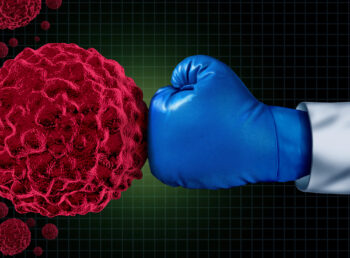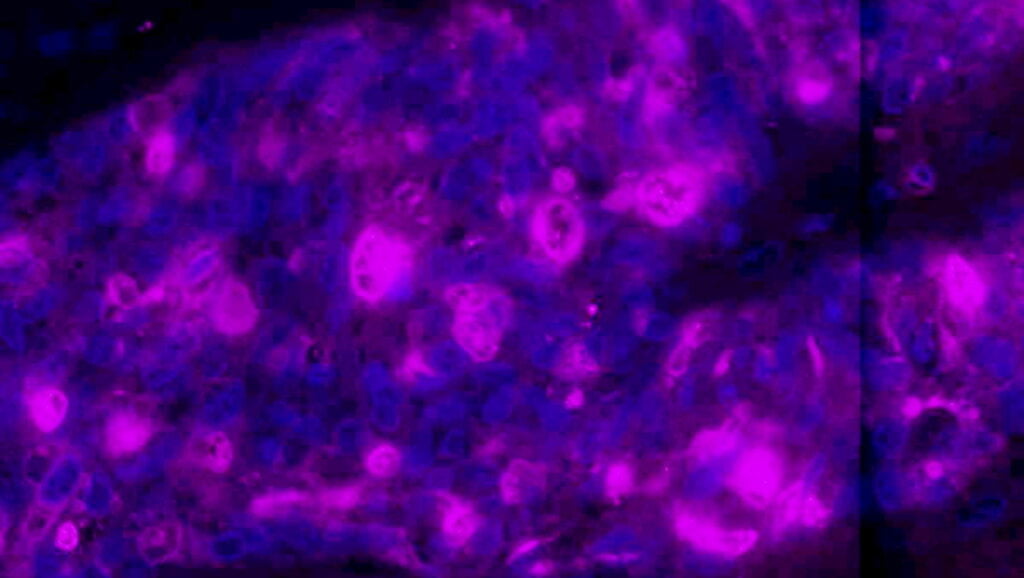A wide range of fungi found in tumors could force a radical re-think in cancer diagnosis and treatment, say researchers.
A study including a team from the Weizmann Institute of Science identified specific types of fungus in over 17,000 tissue and blood samples taken from patients with 35 types of cancer.
The findings demonstrate that fungi are living in tumors and may facilitate cancer detection, diagnosis and perhaps even treatment.
Fungal activity is “a new and emerging hallmark of cancer,” said Prof. Ravid Straussman of the Weizmann’s Molecular Cell Biology Department, who co-led the study with researchers from the University of California, San Diego, USA.
“These findings should drive us to better explore the potential effects of tumor fungi and to re-examine almost everything we know about cancer through a ‘microbiome lens’.”
The study also revealed multiple correlations between the presence of specific fungi in tumors and conditions related to treatment.
For example, breast cancer patients who have Malassezia globosa – a fungus found naturally on the skin – in their tumors had a much lower survival rate than those who did not have the fungus.
Also, specific fungi were found to be more prevalent in the breast tumors of older patients than in those of younger ones, in the lung tumors of smokers than in those of non-smokers and in melanoma tumors that did not respond to immunotherapy than in tumors that did respond to therapy.
Prof. Yitzhak Pilpel, a co-author of the study and a principal investigator at the Weizmann Institute of Science’s Molecular Genetics Department, said: “The fact that fungi can be found not only in cancer cells but also in immune cells implies that, in the future, we’ll probably find that fungi have some effect not only on the cancer cells but also on immune cells and their activity.”
Fellow co-author Rob Knight, professor of Pediatrics, Bioengineering and Computer Science & Engineering at UC San Diego, said: “It is surprising because we don’t know how fungi could get into tumors throughout the body.
“But it is also expected, because it fits the pattern of healthy microbiomes throughout the body, including the gut, mouth and skin, where bacteria and fungi interact as part of a complex community.”
Related posts

Israeli AI Safety Tool Among TIME’S Best Inventions For 2024

TAU Team Discovers Mechanism To Eliminate Cancerous Tumors

Ashdod Port Investing In Startups As Part Of Innovation Strategy




Facebook comments